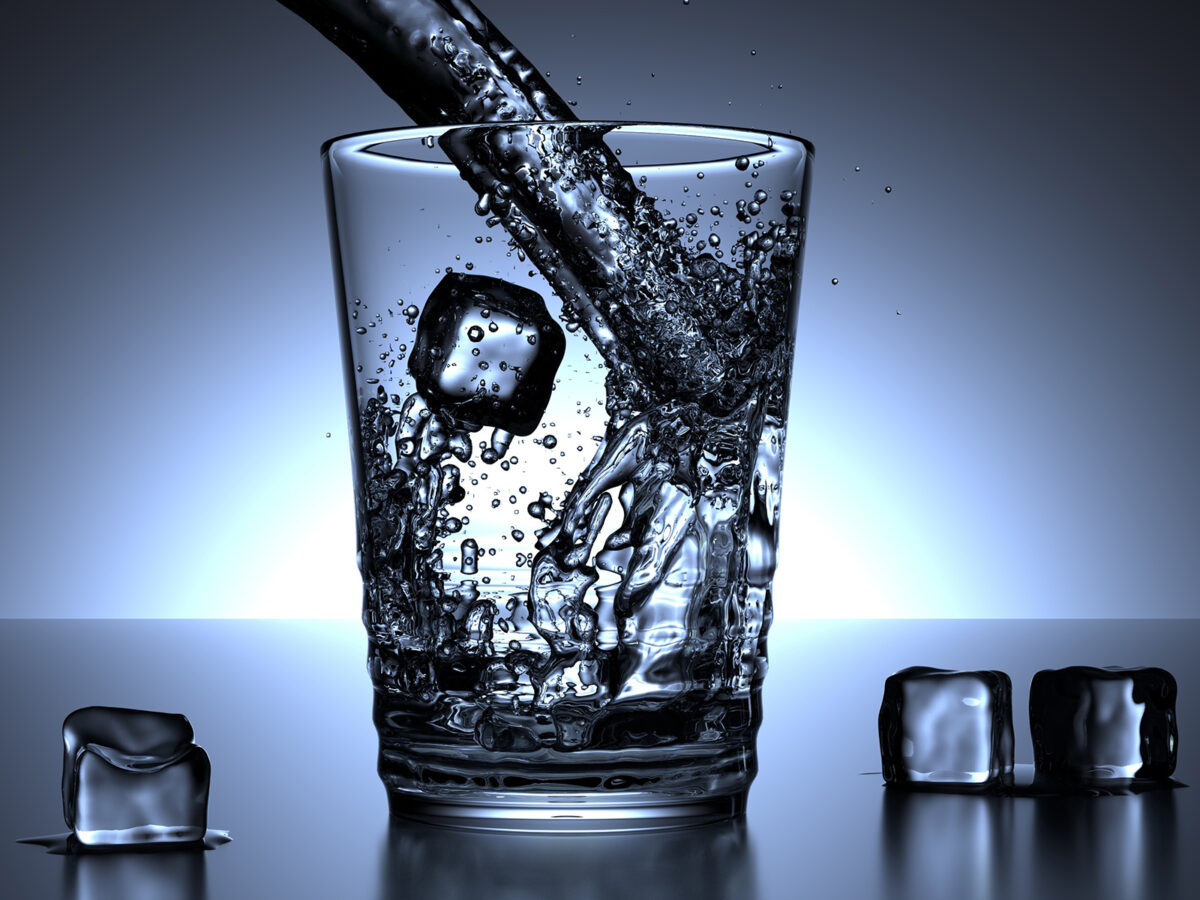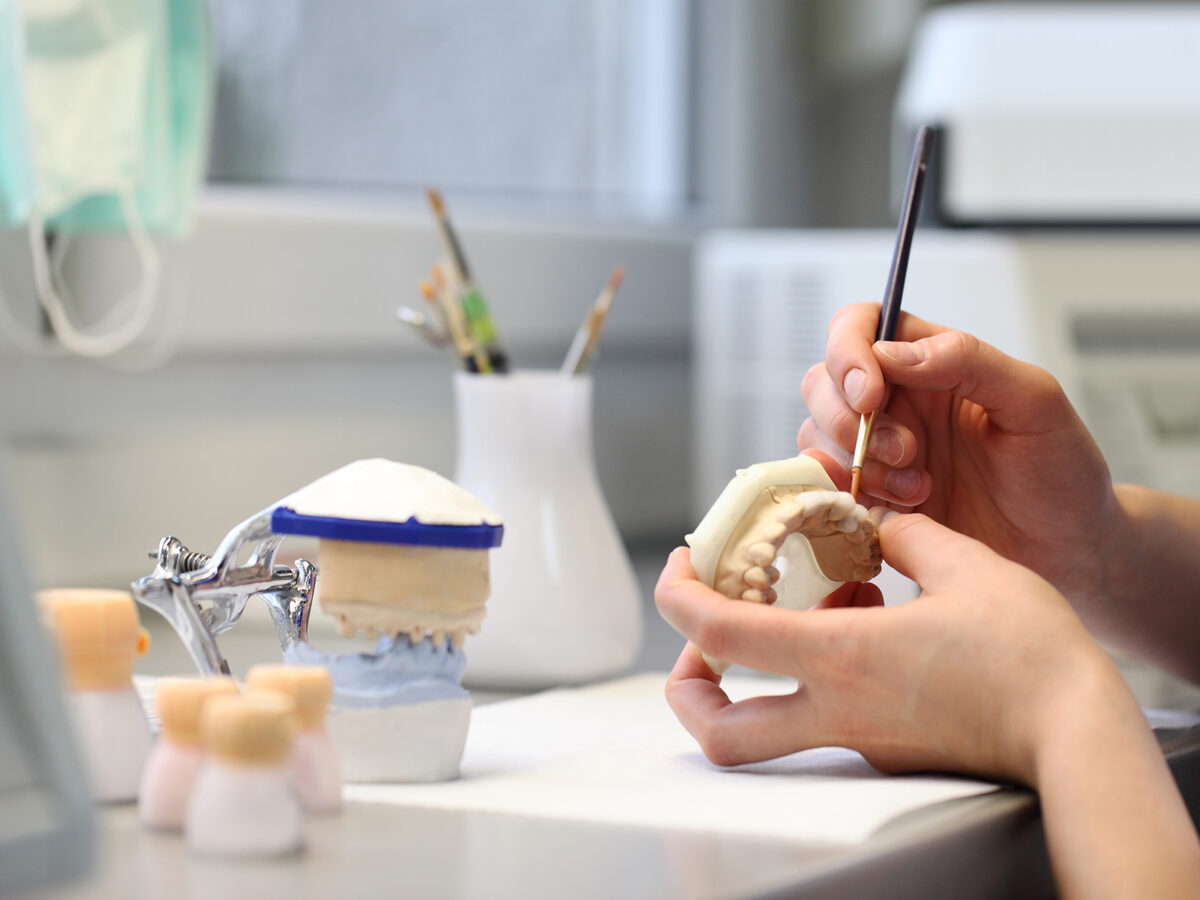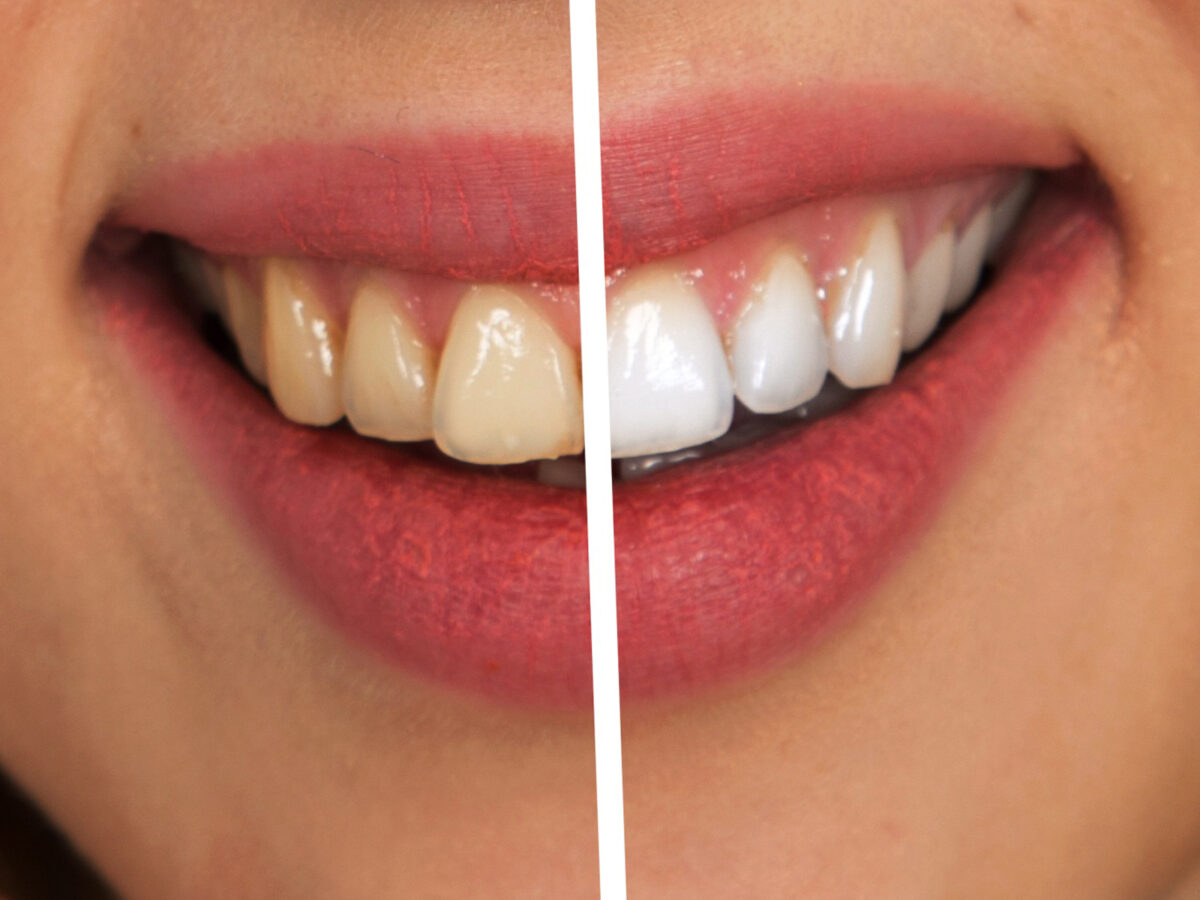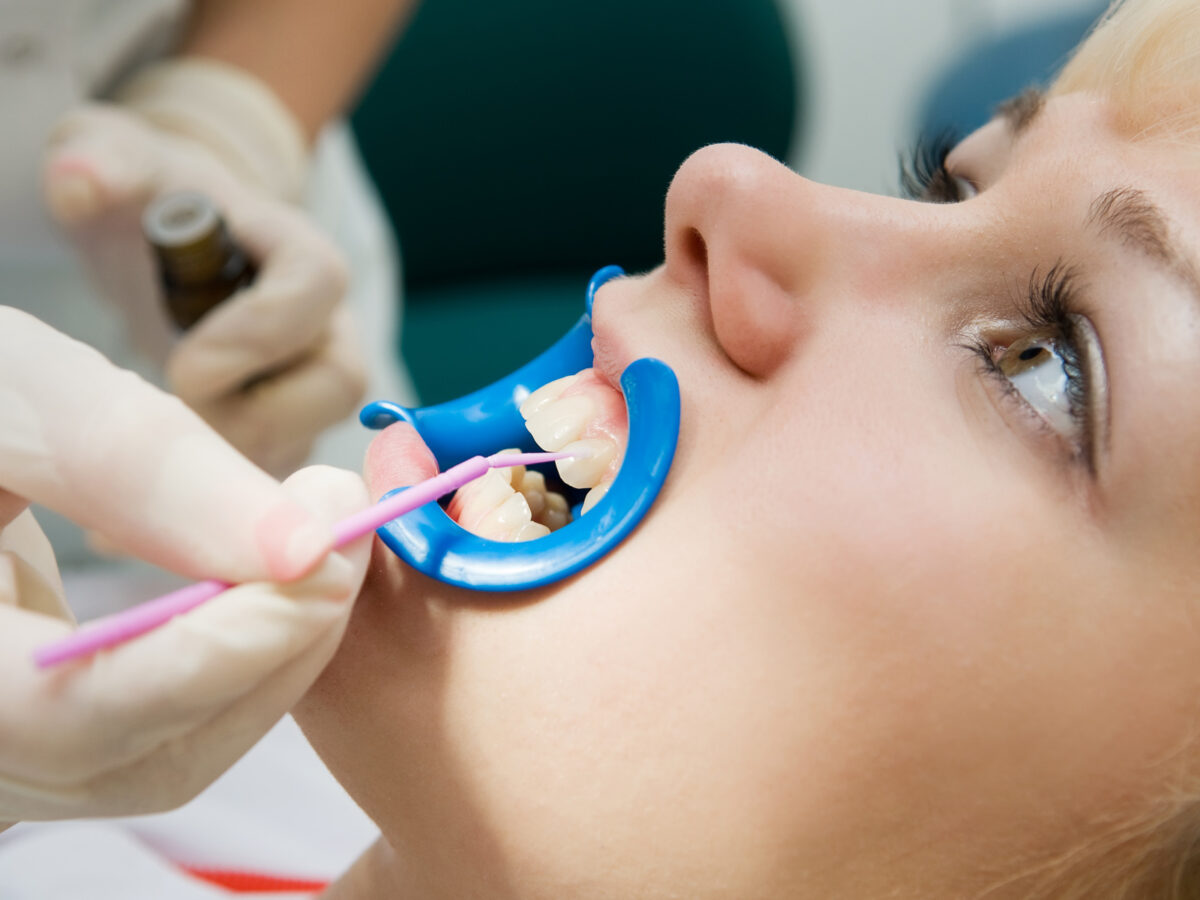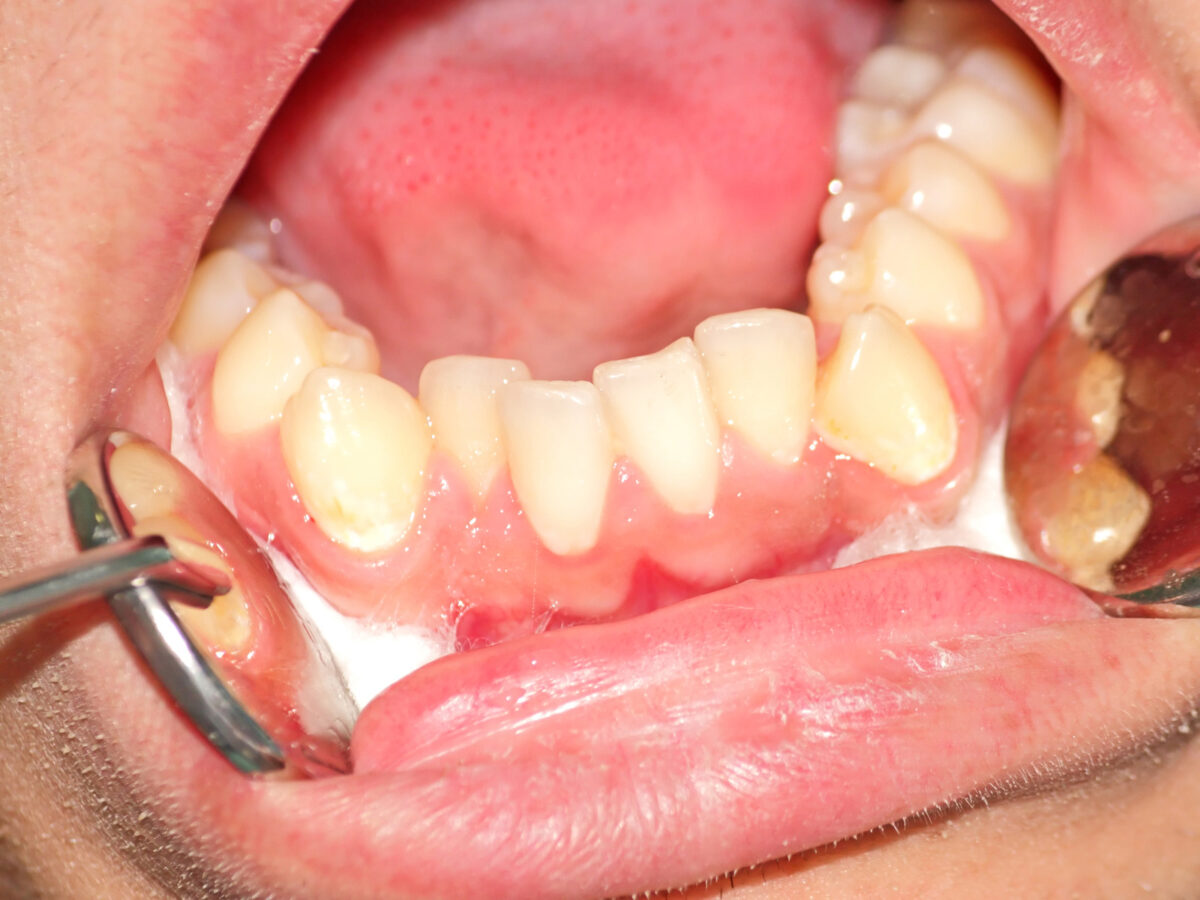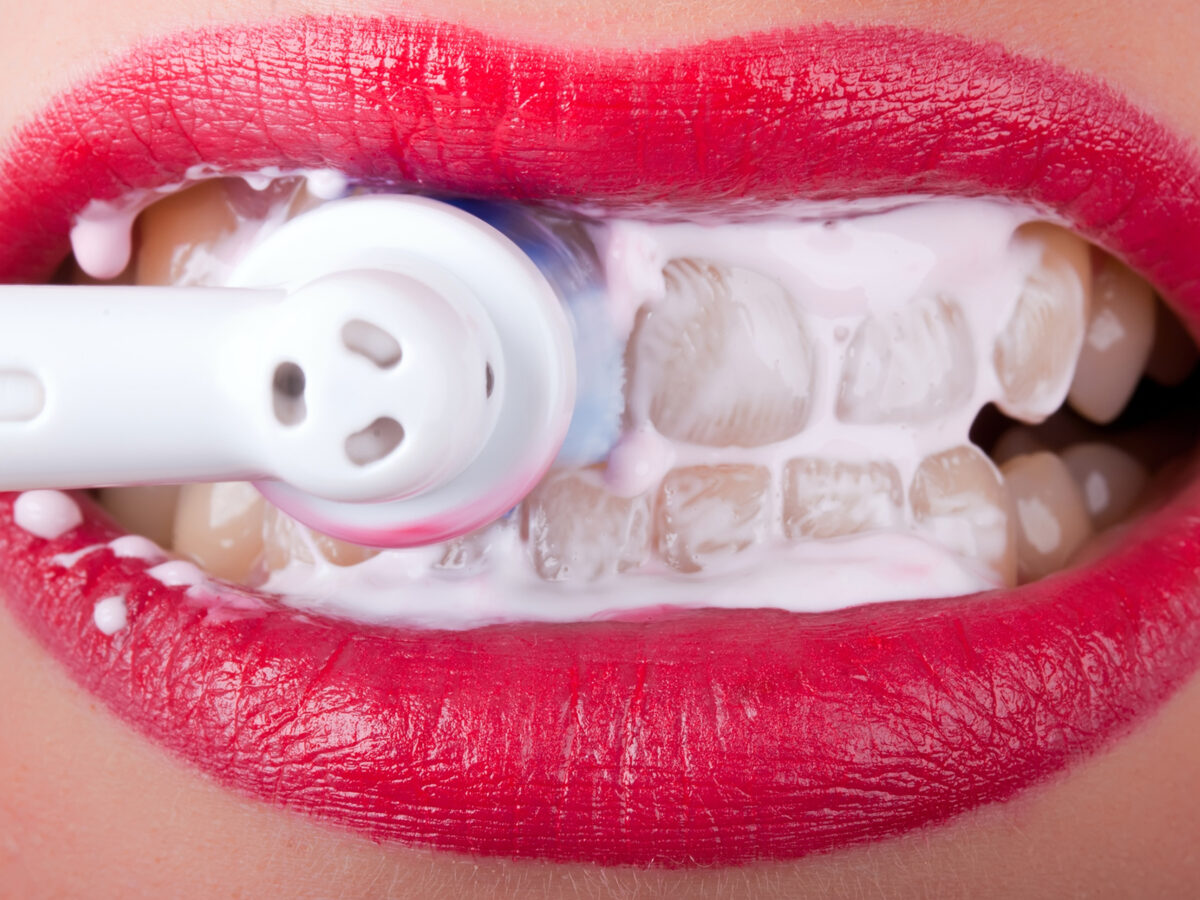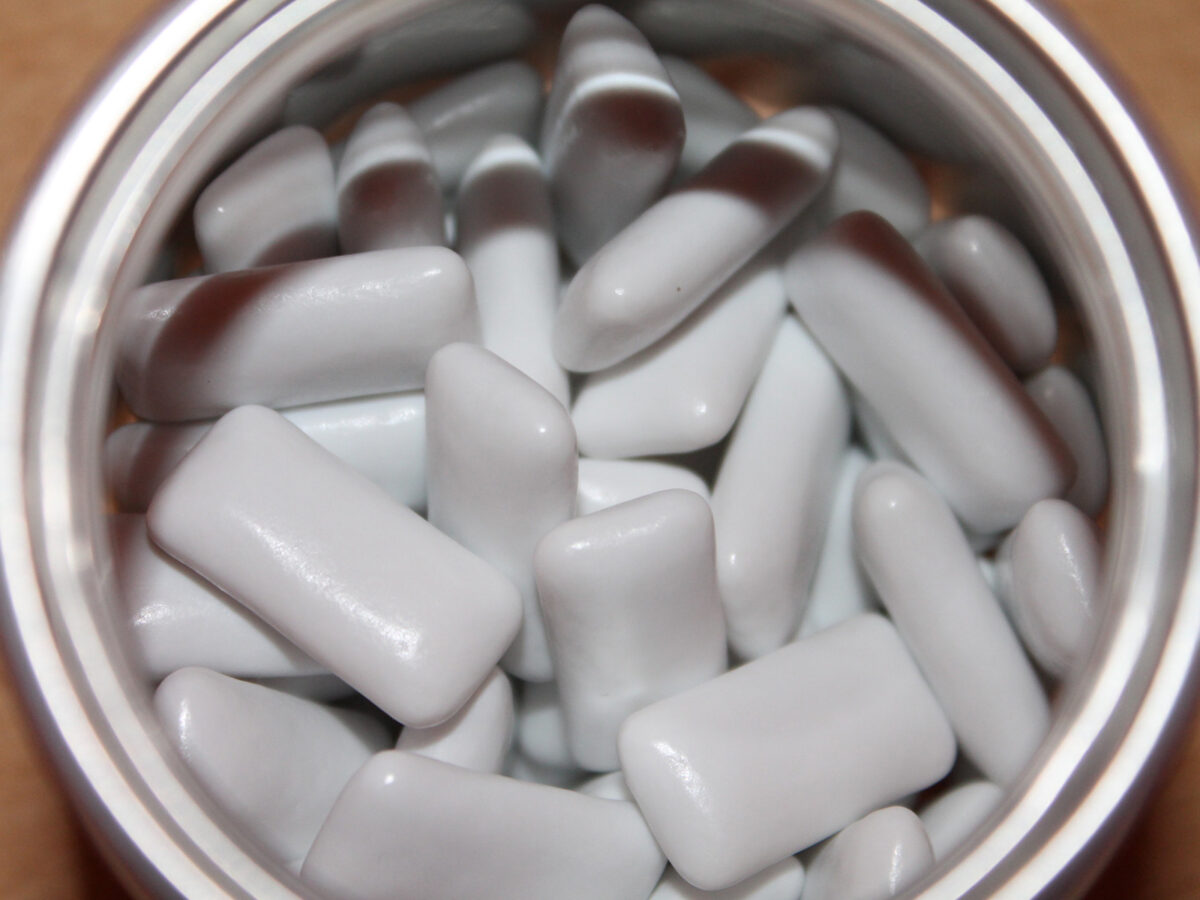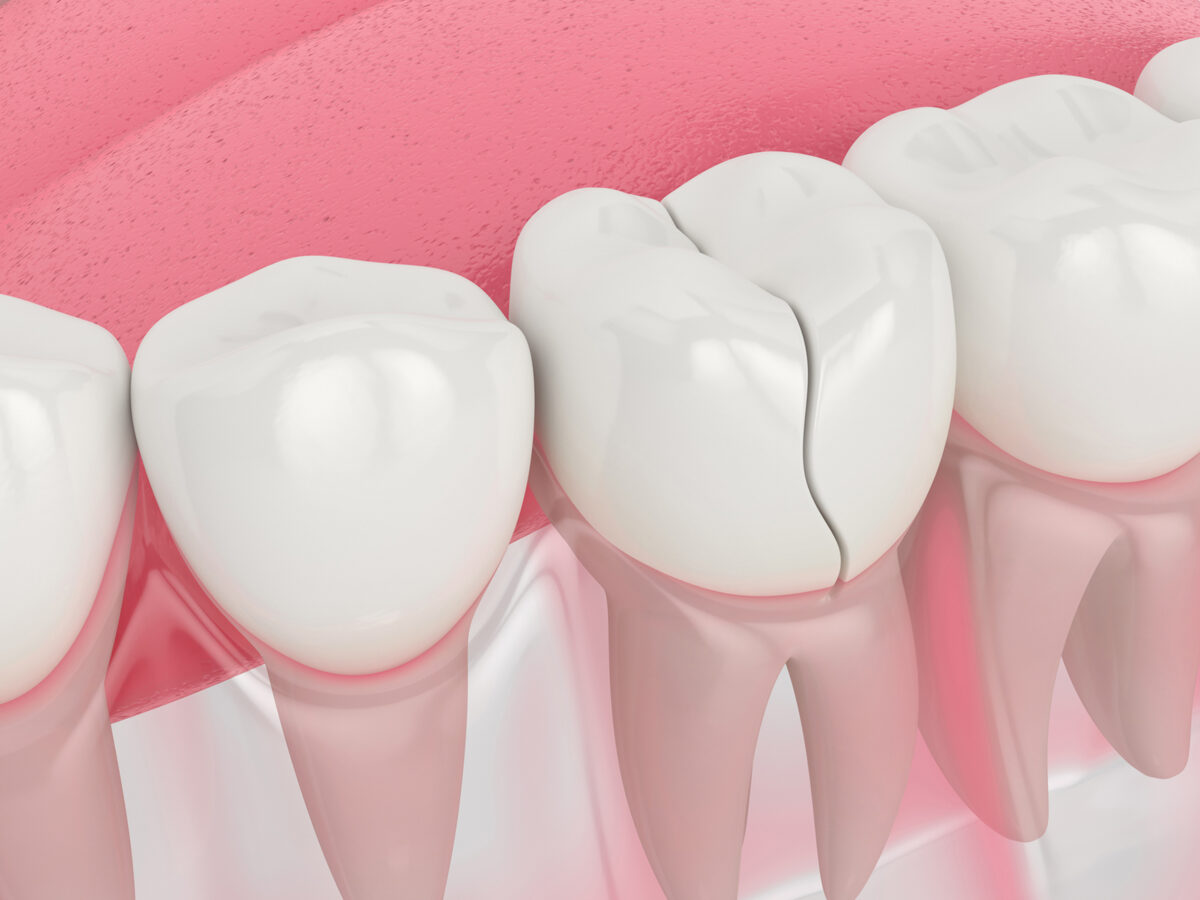You must have come across the notion that certain drinks, black coffee, black tea, white wine, sugary cold drinks, etc., are harmful to your teeth as they lead to discoloration and teeth staining. But did you know some drinks are beneficial for your teeth and overall oral hygiene? Well, if you want to know which drinks are the best for your teeth, read ahead as you are at the right place.
- Contrary to popular belief, beer is a widely held beverage that has positive implications for the teeth and gums. Certain scientific researches reveal that a compound called ‘hops’ present in beer is beneficial for the teeth. But, more studies need to back this claim.
- Water the universal drink – possesses neutral qualities when it comes to benefitting teeth and gums. In addition to providing the much-needed hydration for your body, water helps boost the salivary flow of the mouth, which keeps the overall oral health in check.
- Milk is a drink that is not only good for bones but also the teeth. It helps in enhancing the teeth’ strength and also makes them radiant and white. Milk is loaded with calcium, proteins, and other vital minerals that prevent dental decay and cavities. It also hinders the proliferation of bacteria in the mouth and keeps intact an appropriate pH level that keeps the teeth and gums hale and healthy.
- Unlike black tea that potentially stains the teeth, green tea is excellent for the wellbeing of the teeth and gums. Green tea contains antioxidants that assist in maintaining the optimal pH balance in the mouth. Consumption of green tea prevents tooth decay and other related problems.
- There is a widely held perception that red wine is not our best friend when keeping teeth immaculately clean and white. But, recent studies show that drinking red wine in moderation inhibits dental decay and other gum diseases.
- Vegetable juices are exemplary for keeping teeth healthy and strong. Low sugar vegetable juices that are prepared from leafy vegetables like spinach, broccoli, and so on are beneficial for overall oral hygiene. Vegetable juices with vitamin B and calcium are crucial in restoring and maintaining the strength and quality of the teeth and gums.
Drinks That You Should Avoid
White wine is a major pet peeve for the overall health of our teeth and gums. It has a high acidic concentration which can erode the precious dental enamel with regular or uncontrolled consumption. Similarly, vodka is another alcoholic beverage that can potentially harm our teeth by reducing saliva secretion and disrupting the mouth’s pH. Carbonated drinks like soda can have adverse effects on the teeth and gums. It would help if you also avoided acidic fruit juices like those made from lemon and oranges as they can damage your precious enamel. Lastly, sugary drinks are the worst for our teeth as they can lead to the proliferation of bacteria and cause dental caries.
Book an Appointment to find out which treatment might be best for you.

